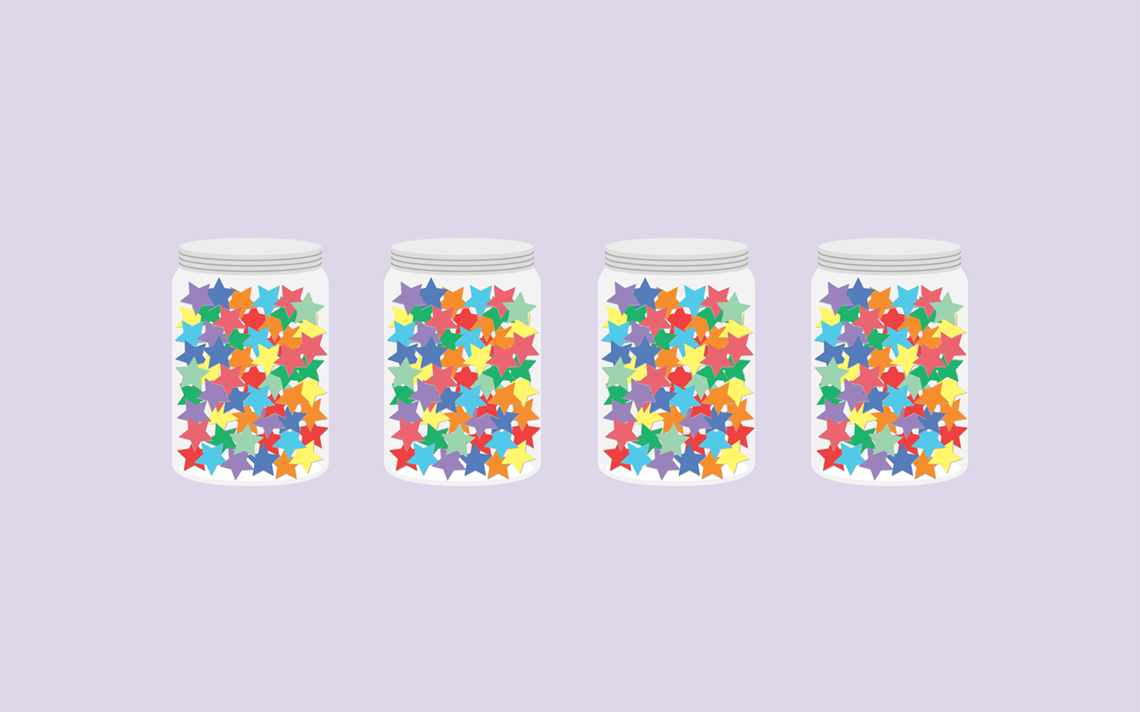4 classroom organisation tips for the year ahead
Editor’s Note:
This is an updated version of a blog post published on October 4, 2017.
A well-organised classroom makes your life easier as a teacher, and makes learning more enjoyable and intuitive for children. Find the right fit for your class with these tips for effective classroom organisation.
Planning classroom organisation for the year ahead can be very satisfying. Working on the layout of your class brings a sense of anticipation and a feeling of promise — a fresh start. Get the structure of your learning environment right and you’ll lay the foundation for a calm, organised and purposeful working atmosphere.
When planning how to organise your classroom, consider these four areas:
- How your classroom furniture will be organised
- Your use of wall space
- How you store resources
- Your housekeeping routine
To best support your learners, it can be helpful to think about your classroom from a learners’ perspective as well:
- What will it look like for them?
- How useful and accessible will they find the arrangement of furniture and resources?
- What will they need on the walls to support their learning?
Ready to start planning? Here are four tips for effective classroom organisation.
1. Arrange classroom furniture to facilitate learning
When arranging furniture, think about what will be happening in your maths lessons. Older children might primarily sit at tables, while younger children in Key Stage 1 will need a clear route to move between carpeted areas and tables.
Wherever children are sitting, make sure they can clearly see the board and other visual resources. It’s very difficult for learners to stay engaged if they can’t see what’s going on. Take a few moments to sit in each seat so you know everyone has a clear view.
Also, it’s a good idea to check whether you can move easily between and around the tables as you teach and observe learning.
Here are some questions to ask yourself as you plan your classroom layout:
- How will you use furniture to promote collaboration between children?
- Will they be able to easily work in pairs or small groups?
- Will learners have enough room to use textbooks together, while still having room to individually journal and complete workbooks?
Once you’ve set up your classroom, it’s time for some finishing touches:
- Put resources and books out to see whether your arrangement of tables will give children space to effectively collaborate and explore.
- Keep table tops as clutter free as possible, with only the essentials on-hand.
- Large pencil pots on desks can be useful for storing group utensils, but make sure they aren’t prone to tipping over when bumped. Alternatively, consider a clear pencil case for each learner.
2. Use wall space purposefully to support learning
Wall space is prime real estate and should be used carefully. Think about what children need on the walls to support their learning. Try to keep any information specific and pertinent — don’t overload them with content.
Consider a maths working wall. It’s an ideal space to pin up examples of shared journals. This enables children to see what effective journaling looks like, while also giving them a chance to continue working on ideas after the lesson ends.
Think about the content of the lessons you’ll teach. For example, the beginning of the first term deals with number and place value. So having digit cards and number names displayed alongside the key terms they’ll use throughout each chapter can be useful for children.
Part–whole diagrams, a number line and place value charts are also useful on working walls. They’re excellent reminders for children, and good opportunities for learners to develop their number sense and mathematical fluency.
Transform Your Maths Assessment
Insights — our online assessment tool — gives you instant, powerful data to identify gaps and improve results.

3. Store concrete resources for easy access and clean-up
Storage of concrete resources needs careful consideration. Learners need ready access to manipulatives, but they also need to know where to put them when they’re not using them. Otherwise, you risk losing Base 10 blocks and double-sided counters to the vacuum cleaner at the end of the day!
It’s worth investing in some cheap plastic containers with lids to store counters and Base 10 materials, while zip-seal sandwich bags make a good home for digit cards. Store manipulatives in plastic cleaning trays (with handles) in a central area of the classroom — that way, they can be given out before the lesson starts and easily gathered.
4. Schedule some time for housekeeping
Plan some time every so often to tidy up and have a quick audit. When it comes to classroom organisation, it makes your life a lot easier when the room is tidy and put together. As you clean, take some time to reflect upon whether the layout works. If not, don’t be afraid to change things around.
And above all, enjoy your classroom — after all, it’s where the fun happens!

